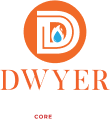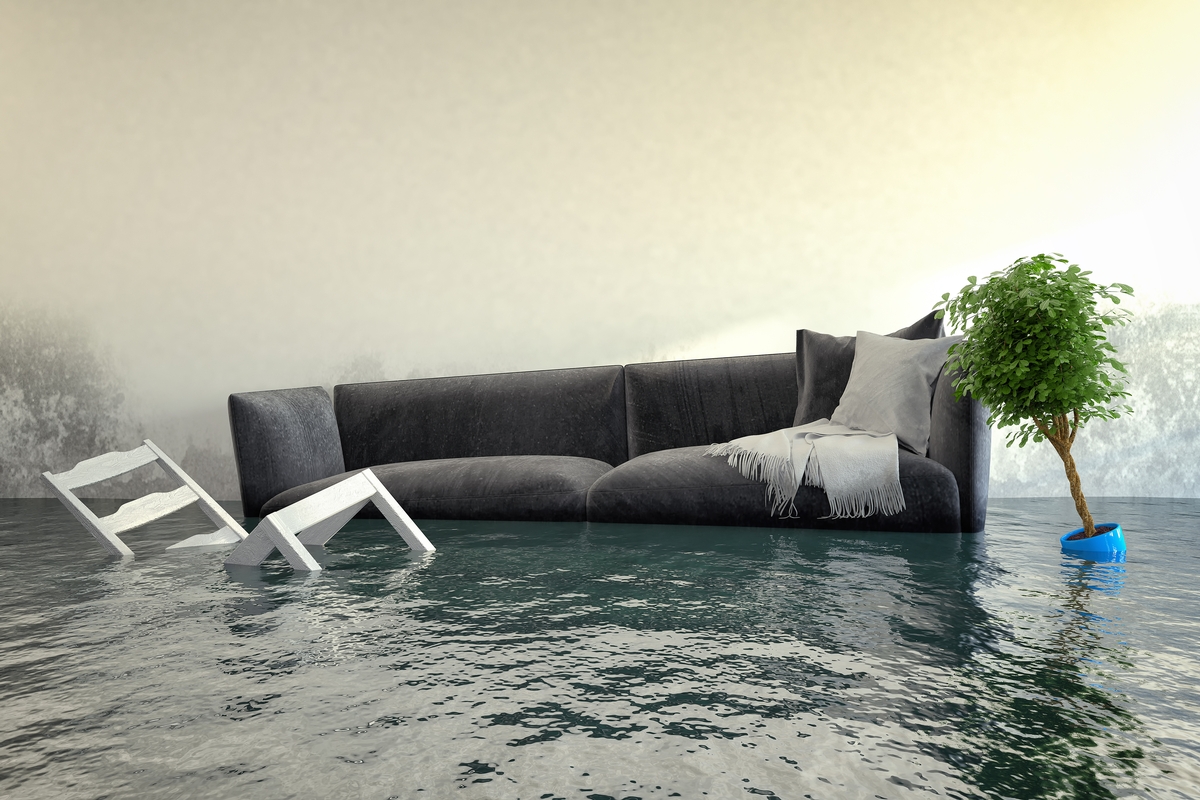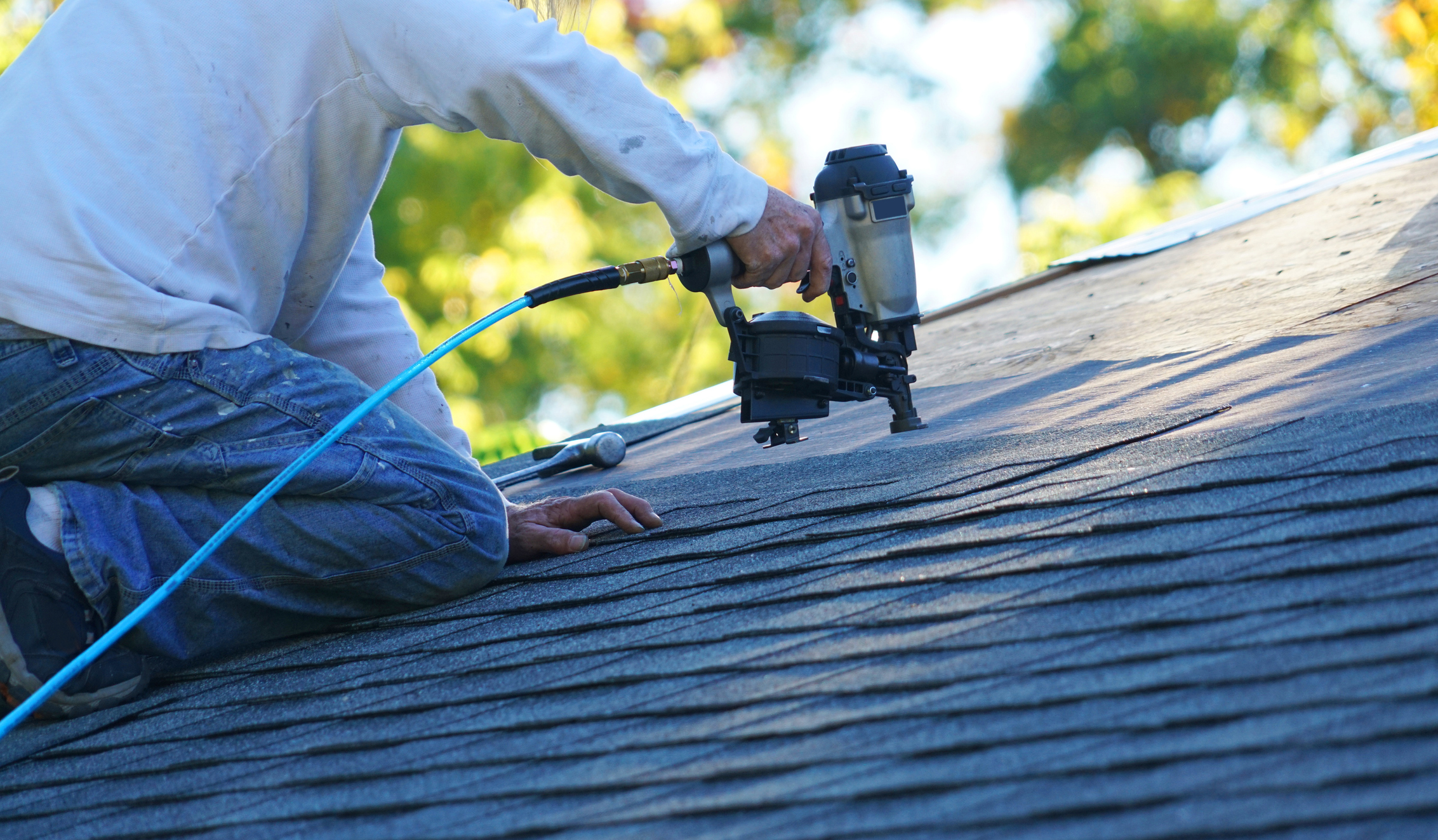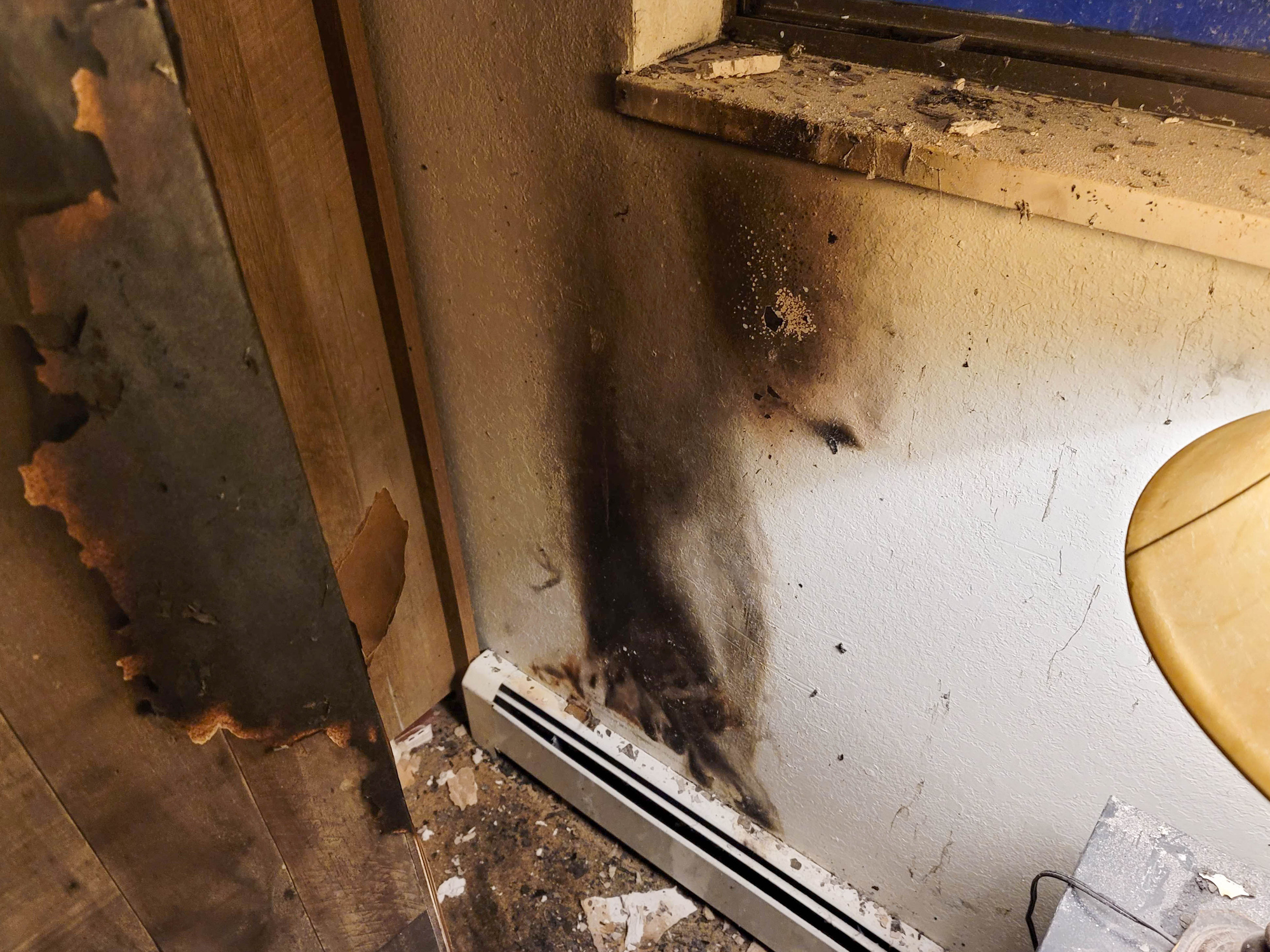Water damage and flood damage are two terms often used interchangeably, but they have distinct differences. Understanding these differences is crucial, especially when it comes to insurance coverage and mitigation efforts. In this blog post, we will explore the disparities between water damage and flood damage, including causes, effects, mitigation, and insurance implications.
Causes and Sources
Water damage and flood damage can stem from various causes and sources. Consider the following distinctions:
Water Damage: Water damage typically results from internal sources within a property, such as burst pipes, leaking roofs, appliance malfunctions, or plumbing issues. It involves the intrusion of water from within the building.
Flood Damage: Flood damage, on the other hand, is caused by external factors beyond a property owner’s control. It occurs when a large amount of water overflows onto normally dry land, often due to natural disasters like heavy rainfall, hurricanes, or overflowing rivers.
Effects and Severity
Water damage and flood damage can have different effects on properties and pose varying levels of severity. Consider the following impacts:
Water Damage: Water damage can range from minor issues like stained ceilings and walls to more significant problems such as rotting wood, structural damage, and mold growth. The severity of water damage depends on the source, duration, and volume of water intrusion.
Flood Damage: Flood damage tends to be more severe due to the larger quantity of water involved. It can cause extensive damage to foundations, walls, flooring, electrical systems, and personal belongings. Additionally, floodwaters may contain contaminants, posing health risks to occupants.
Mitigation and Restoration
Mitigation and restoration efforts differ for water damage and flood damage. Consider the following distinctions:
Water Damage: When dealing with water damage, prompt action is crucial. Mitigation may involve stopping the water source, extracting standing water, drying affected areas, and repairing or replacing damaged materials. Professional water damage restoration companies can help expedite the process and minimize secondary issues like mold growth.
Flood Damage: Flood damage restoration requires additional steps due to the nature of the water involved. Besides water extraction and drying, it may involve disinfection, mold remediation, and potentially structural repairs. Specialized equipment and expertise are often necessary to address the unique challenges of flood damage.
Insurance Coverage
Insurance coverage for water damage and flood damage differs significantly. Consider the following insurance implications:
Water Damage: Most standard homeowner’s insurance policies provide coverage for sudden and accidental water damage resulting from internal sources, such as burst pipes or appliance leaks. However, coverage may be limited or excluded for gradual damage or negligence-related incidents.
Flood Damage: Flood damage is typically not covered by standard homeowner’s insurance policies. Separate flood insurance policies, typically offered through the National Flood Insurance Program (NFIP) or private insurers, are required to obtain coverage for flood-related losses. These policies provide coverage for structural damage and contents affected by floodwaters.
Prevention and Preparedness
Preventing water damage and flood damage requires different strategies. Consider the following prevention and preparedness measures:
Water Damage: Regular maintenance, inspections, and prompt repairs of plumbing systems, appliances, and roofs can help prevent water damage from internal sources. Adequate insulation and proper ventilation in key areas like basements and crawl spaces are also important.
Flood Damage: Flood damage prevention involves understanding the flood risk in your area and taking appropriate measures. This may include elevating electrical systems and appliances, installing flood-resistant materials, and implementing proper drainage systems. Additionally, having a comprehensive emergency plan and keeping valuable items elevated or in waterproof containers can help minimize losses during a flood event.
While water damage and flood damage are often used interchangeably, they represent distinct forms of property damage. Understanding the causes, effects, mitigation, insurance coverage, and prevention strategies for each is crucial for homeowners. By being knowledgeable about these differences, property owners can take appropriate actions to protect their homes, mitigate damages, and ensure they have the right insurance coverage in place.












